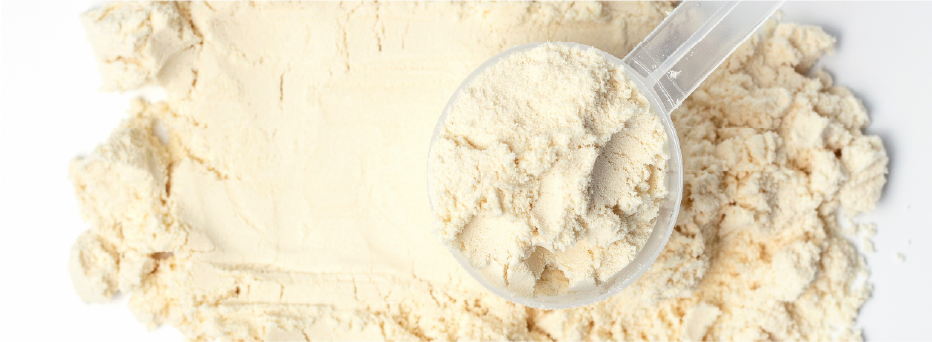On the front lines of primary care, fatigue is a common complaint, with up to 45% of patients mentioning it as a primary concern during consultations.1 Many conditions lead to fatigue, but mitochondrial dysfunction is at the core.
Mitochondria are well known as the energy-producing ‘powerhouses’ of our cells. However, they cannot generate energy through the electron transport chain without healthy and intact membranes. The integrity of mitochondrial membranes is critical to cell function and energy metabolism.
MITOCHONDRIAL MEMBRANE HEALTH
In healthy cells, the inner mitochondrial membrane where the electron transport system is located is mostly impermeable, and this is important in establishing trans-membrane chemical/electrical potential essential for energy production. Mitochondria are responsible for producing most of our cells’ reactive oxygen species (ROS). Significant oxidative damage and increased mitochondrial membrane permeability constitute the point-of-no-return of programmed cell death pathways.2
MITOCHONDRIAL DAMAGE AND INFLAMMATION
Damage to mitochondrial components, especially the delicate inner mitochondrial membrane, leads to the release of toxic proteins that go through several steps to trigger the formation of the inflammatory molecular complex called an inflammasome. New evidence has placed inflammasomes at the center of complex diseases like metabolic syndrome and cancer.3-5
Once the inner membrane of the mitochondria is damaged, its core abilities are impaired, namely producing energy in the form of ATP and maintaining optimal nutrient uptake and utilization necessary for ATP production. This results in what is perceived as persistent fatigue.
MEMBRANE LIPID REPLACEMENT
The mitochondrial membrane contains the major classes of phospholipids found in all cell membranes, including phosphatidylcholine (PC), phosphatidylethanolamine (PE), phosphatidylinositol (PI), phosphatidylserine (PS), and phosphatidic acid (PA), as well as phosphatidylglycerol (PG), the precursor for cardiolipin (CL), which is predominantly located in the mitochondria.
Of these phospholipids, phosphatidylcholine is the most abundant in our cell membranes. Membrane lipid replacement (MLR) is best utilized in the form of an oral phospholipid supplement that emulates the composition of the mitochondrial lipids. Oral MLR prevents oxidative damage, replaces damaged membrane phospholipids and maintains mitochondrial membrane permeability in the optimal range.
PHOSPHATIDYLCHOLINE FOR FATIGUE
Recent clinical trials assessing patients with chronic fatigue have shown the benefits of MLR with phosphatidylcholine. Based on the internationally recognized Piper Fatigue Scale, those patient groups have shown between 30-45% improvement in fatigue perception and function. Even in severely fatigued patients with chronic fatigue syndrome or fibromyalgia, MLR helped reduce fatigue by 43.1%.6
By effectively replacing these membrane lipids, mitochondrial function is optimized, and energy production is restored to optimal levels using a safe and cost-effective intervention.
.png?sfvrsn=c0fd2cae_5)
Kareem Kandil, MD, ND is the Immune Foundations Clinical Brand Manager at Lifestyle Matrix Resource Center. Upon graduating from medical school at Ross University School of Medicine, Dr. Kandil went on to do an observership in integrative medicine and then pursued his Doctorate of Naturopathic Medicine (ND) at National University of Health Sciences in Lombard, IL.
References
- Lewis G, Wessely S: The epidemiology of fatigue: more questions than answers. J Epidemiol Community Health. 1992; 46(2):92-97.
- Nakahira K, Haspel JA, Rathinam VA, Lee SJ, Dolinay T, Lam HC, Englert JA, Rabinovitch M, Cernadas M, Kim HP, Fitzgerald KA, Ryter SW, Choi AM. Autophagy proteins regulate innate immune responses by inhibiting the release of mitochondrial DNA mediated by the NALP3 inflammasome. Nat Immunol. 2011;12(3):222-2230. Epub 2010 Dec 12.
- Chen GY, Núñez G. Inflammasomes in intestinal inflammation and cancer. Gastroenterology. 2011;141(6):1986-1699. Epub 2011 Oct 15.
- Stienstra R, van Diepen JA, Tack CJ, Zaki MH, van de Veerdonk FL, Perera D, Neale GA, Hooiveld GJ, Hijmans A, Vroegrijk I, van den Berg S, Romijn J, Rensen PC, Joosten LA, Netea MG, Kanneganti TD. Inflammasome is a central player in the induction of obesity and insulin resistance. Proc Natl Acad Sci U S A. 2011;108(37):15324-15329. Epub 2011 Aug 29.
- Maes M, Twisk FN, Kubera M, Ringel K. Evidence for inflammation and activation of cell-mediated immunity in Myalgic Encephalomyelitis/Chronic Fatigue Syndrome (ME/CFS): increased interleukin-1, tumor necrosis factor-α, PMN-elastase, lysozyme and neopterin. J Affect Disord. 2012;136(3):933-939. Epub 2011 Oct 4.
- Nicolson, G.L. and Ellithrope, R. Lipid replacement and antioxidant nutritional therapy for restoring mitochondrial function and reducing fatigue in chronic fatigue syndrome and other fatiguing illnesses. J Chronic Fatigue Syndr. 2006;13(1): 57-68.




